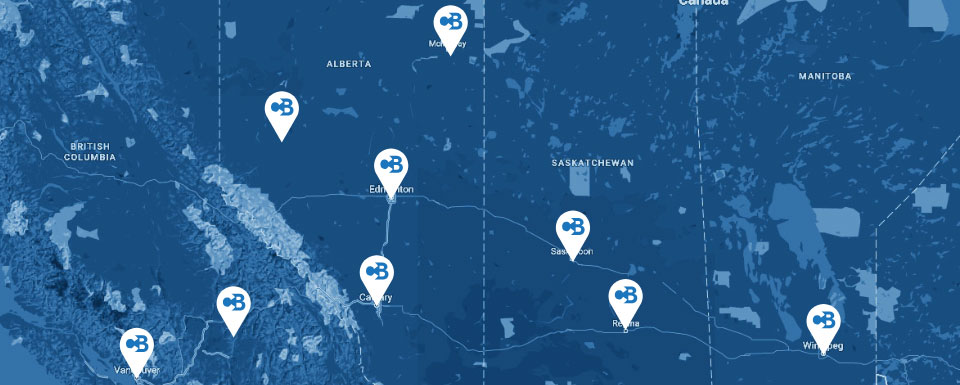DESIGNING A GAS DETECTION SYSTEM
One of the most difficult task for a safety engineer is to design a gas detection system that balances safety with cost. What makes it most difficult is that no two installations are the same. For example, a gasoline LEL application will look much different than a natural gas application. Even two gasoline applications can look much different if one is indoors and one is outdoors. We have identified 5 key things you need to consider when designing a gas detection system
Things to consider…

1. WHAT ARE YOU MEASURING:
- What are all the potential leaks…are they gas, liquid, combination, pure components or mixtures. You should know everything there is to know of what can come out of a pipe or vessel and how it will impact your application
- Are the gases or vapours you want to detect lighter or heavier that air? Air has a molecular weight of 29 g/mol.
- Gas with a molecular weight <29 g/mol will rise in the air and concentrate near the ceiling, therefore, the sensor needs to be elevated
- Gas with a molecular weight >29 g/mol will sink in the air and concentrate near the floor, therefore, the sensor needs to installed near the floor
- What if you have a mixture of hydrocarbons..methane will rise, everything else will sink
- Be aware of the temperature of the gas/fluid being released…hot gases will initially rise.
2. AMBIENT CONDITIONS:
- INSIDE INSTALLATIONS
- What type of ventilation is being used
- Are fans directing flow of the air
- Where are the vents
- What is the ambient temperature and humidity
- OUTSIDE LOCATIONS
- What direction is the wind predominately from
- What are the ambient temperature and humidity ranges
- Is it dusty
- Is the area washed down regularly
- ACCESSIBILITY
- Is the sensor and transmitter easy to get at
- What hazards are around the sensor (noise, toxics, heat/cold, electricity, rotating equipment, vibration)
 3. SITE REQUIREMENTS
3. SITE REQUIREMENTS
- Is there a gas detection standard for your site
- Is the area washed down regularly
- Is it dusty
- What are the site standards for safety signals and communications
- Where is control being done? Do you require a stand alone safety controller
- What diagnostic information is required to be sent and to whom
- What history is required to be kept for the sensors
4. GOALS AND BUDGET
You can’t put a price on safety, but you can put a price on over designing a system. The goal should be to have a system design that just provides the level of safety required for the application. Not one sensor less, not one sensor more. With that said, you will want to set a couple more goals for your system around the following:
- Reliability
- Maintenance requirements
- Life cycle stage of the product
- Local support (inventory and service)
- Integration into other systems
5. PICK YOUR TEAM
Once you have all this documented and you have a better idea of what you are dealing with, its time to bring in some people to help you audit your application and using various software tools determine the best technologies to use, where you should be installing them , and how many should be installed. The selection of your team to work with is probably the most crucial decision you will have in the process as it will set the foundation for your whole system design.
The best team is one who is:
- experienced with gas detection installations
- knowledgeable in the latest technologies (not just sensor, but wireless and other communications)
- backed by a strong manufacturer in gas detection
- able to provide a completely integrated system including portables, fixed, mobile, as well as complete controls and data gathering
- has local service and support including inventory, field service as well as shop repairs.
The team you chose will be with you not only through design, but through installation, commissioning, and on-going maintenance.
Of course, there are a lot more details in designing a system than this blog can cover. If you want to get into those details and your application you can call one of our gas detection experts at 1-855-464-9749.





